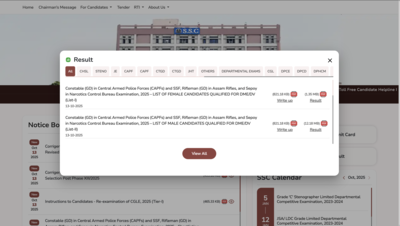Explained: 5 work visas of America

The United States remains one of the most sought-after destinations for professionals, students, and investors worldwide. Its dynamic economy, cutting-edge research institutions, and cultural diversity continue to attract global talent. Yet, gaining lawful entry to work, study, or invest in the US is a nuanced process, governed by a complex system of visas. Understanding the categories, eligibility, and obligations associated with each visa is essential for prospective entrants seeking a seamless transition.Visas for the United States are broadly divided into non-immigrant (temporary) and immigrant (permanent) classifications, each catering to distinct purposes and durations. Non-immigrant visas are primarily for those seeking temporary entry, whether for work, study, or short-term business activities, while immigrant visas provide a pathway to permanent residency for qualified applicants.
Temporary non-immigrant work visas
Non-immigrant employment visas are designed for individuals seeking to work in the U.S. for a fixed period. Employers often file petitions with the US Citizenship and Immigration Services (USCIS) on behalf of prospective employees. Families of visa holders must secure their own visas prior to entering the USH VisasH-1B visas are granted to professionals with specialized knowledge, requiring a college degree or equivalent experience, generally valid for three years. H-2A and H-2B visas cater to temporary agricultural and non-agricultural workers, while H-3 visas facilitate training within the US for careers pursued abroad.I VisasDesigned for members of the foreign press, including reporters, editors, and film crews, I visas allow long-term engagement in media-related professions.L VisasL-1 visas accommodate intra-company transfers, with L-1A for executives/managers (three-year validity) and L-1B for employees with specialized knowledge (one-year validity).O, P, and R VisasO visas serve individuals with extraordinary abilities across industries; P visas are for athletes and artists; R visas target non-immigrant religious workers affiliated with US-recognized religious organizations.TN NAFTAEnables qualified Canadian and Mexican professionals to temporarily work in the US under the North American Free Trade Agreement.
Permanent (Immigrant) work visas
Permanent residency through employment requires a combination of skill, education, and eligibility verified through labor certification. Approximately 140,000 employment-based green cards are available annually. Key categories include:
- EB-1: Extraordinary ability professionals in academia, research, arts, and athletics; labor certification is not required.
- EB-2: Advanced degree holders, those with significant experience, or employment in the U.S. national interest; labor certification may be required.
- EB-3: Professionals with bachelor’s degrees, skilled and unskilled laborers with permanent job offers; labor certification required.
- EB-4: Specialized roles, including religious workers and foreign service employees; labour certification is waived.
- EB-5: Immigrant Investor Program, for individuals investing $900,000–$1.8 million in job-creating enterprises; labor certification waived.
Temporary business visas
Short-term business visits, such as contract negotiations or conferences, fall under B-1 visas, typically valid for one to six months. GB visas specifically cover visits to US territories like Guam and the Northern Mariana Islands, limited to a 45-day stay.ConclusionNavigating the US visa system requires a thorough understanding of eligibility, duration, and application procedures. Whether for temporary work, permanent residence, education, or short-term business, each visa serves a distinct purpose. Prospective applicants must carefully select the visa category aligned with their professional, academic, or personal goals to ensure a smooth transition into the United States.





